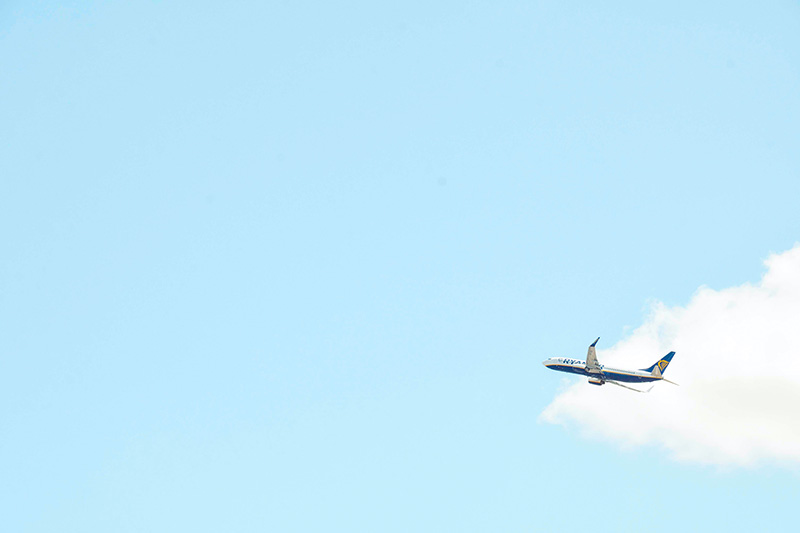
The airline industry such as AirAsia is a marvel of logistical precision, connecting destinations across the globe. Imagine the enormous complexity in managing schedules, tracking employees and ensuring business continuity. Within this vast network, one of the major challenges faced by the HR departments of these airlines is effectively managing employee time and attendance.
Time and Attendance: An HR Conundrum
Timely flight departures, efficient ground services, and maintenance are critical components of success in this industry. Furthermore, airlines must also adhere to strict industry regulations concerning employee work hours and fatigue management. With staff located across various time zones, shift-work, changing flight schedules and dynamic work environments, managing time and attendance data accurately is a daunting challenge.
The Time Attendance System: A Solution on the Horizon
This is where time attendance systems come into play. By automating tracking, data collection and processing, these systems bring remarkable improvements to daily operations, enabling airlines to maintain precise schedules and improve workforce productivity.
Real-Time Tracking
Time attendance systems provide real-time tracking of employee attendance, absence, and punctuality. In an airline situation where flight attendants, pilots, and ground staff work in shifts, this immediate monitoring facilitates dynamic workforce allocation, ensuring optimal personnel availability for all flights.
Compliance
Regulatory requirements in the airline industry are stringent. Pilots and crew members must have sufficient rest time between flights to ensure maximum safety. A time attendance system keeps a keen eye on these details, maintaining comprehensive logs of work shifts, rest periods, ensuring to keep the airline within the compliance guidelines.
Streamlined Payroll
Payroll processing in the airline industry is complex. It involves tracking different pay rates (for flight hours, ground duty, layovers, etc.) for different roles. An integrated time attendance system eradicates errors, ensuring accurate calculation and prompt payment, thereby boosting employee morale and job satisfaction.
Reduced Administrative Efforts
By automating repetitive tasks, such as data entry, tracking, and processing, a time attendance system drastically cuts down administrative efforts. This allows HR to focus on strategic tasks, contributing to the growth and development of the industry.
Data Analytics and Predictive Capabilities
Modern time and attendance systems are also capable of data analytics. By examining trends in attendance and shifts, airlines can predict changes in workforce availability, thus enabling better resource planning and allocation.
Wrapping Up
In conclusion, the introduction of time attendance systems in the airline industry is redefining workforce management and enhancing productivity. For businesses as complex and geographically dispersed as AirAsia, such systems are no less than a boon. It’s not just about tracking time; it is about leveraging technology to meet compliance, drive efficiency, and safeguard the safety and morale of those who make the wonder of flight possible.
About Clockgogo
A cloud-based time attendance management system aims to make time tracking more easy and effective. Powered by the patented 4-level verification technology, Clockgogo provides HR staff with a peace mind upon time card management.
Fake GPS, buddy punching, hefty hardware costs, clumsy installation will not be problems anymore. With flexible and user-friendly roster planning and reporting capabilities, calculation of work hour, overtime and other time attendance results is just a click away.
Time card and time attendance results can also be retrieved through API for third-party HCM / HRIS / HRMS / HR system integration (e.g. Workday, Peoplesoft etc.).
Since its launch back in 2016, Clockgogo has already processed more than tens of millions faces and is widely adopted among global brands.

